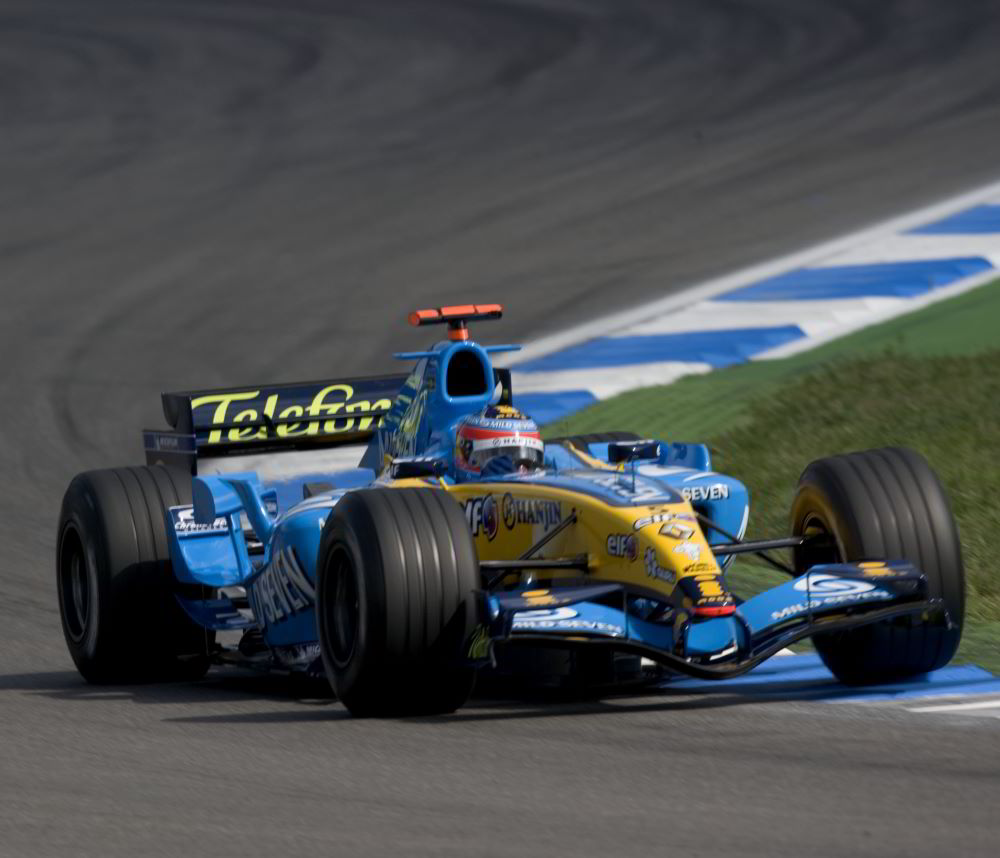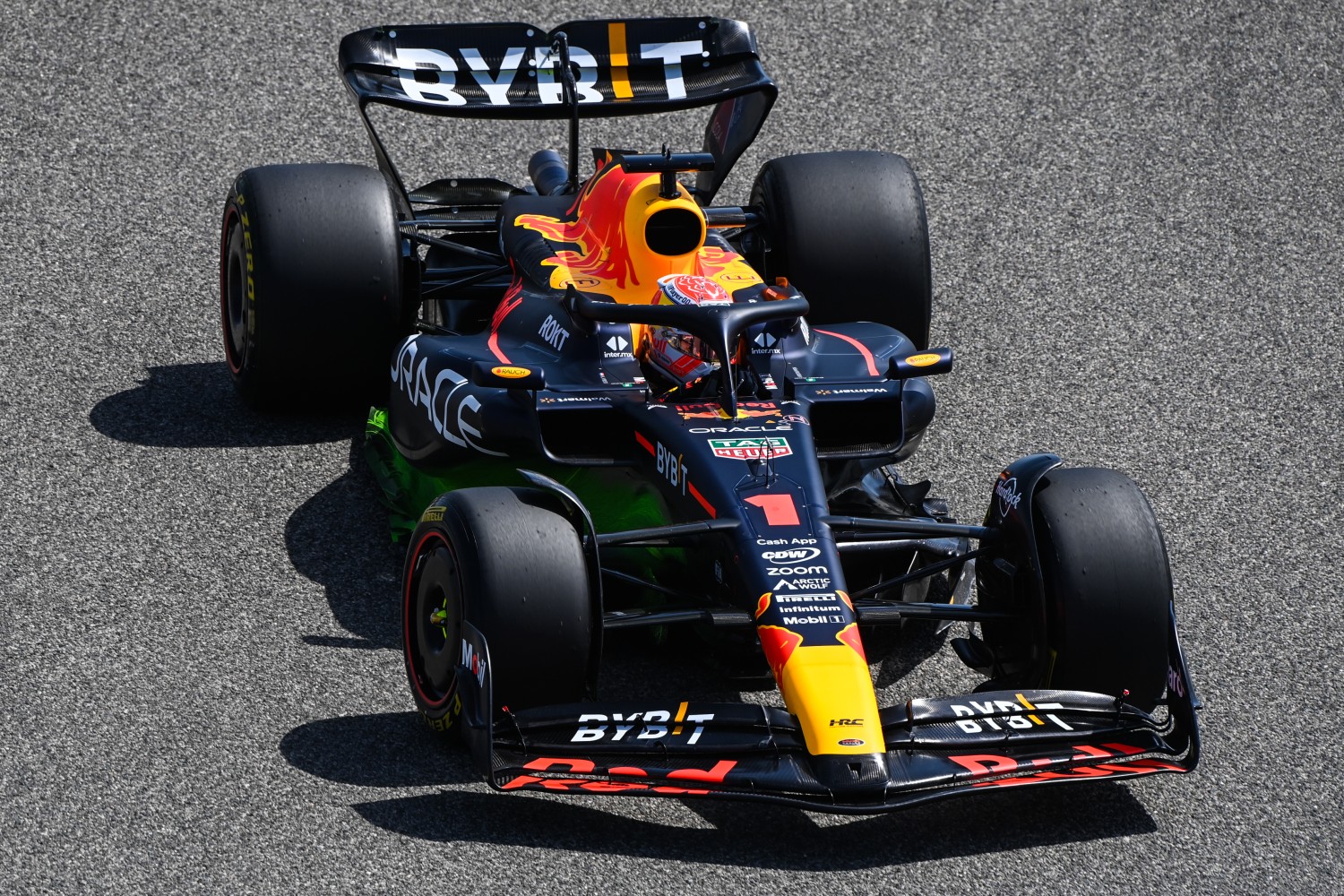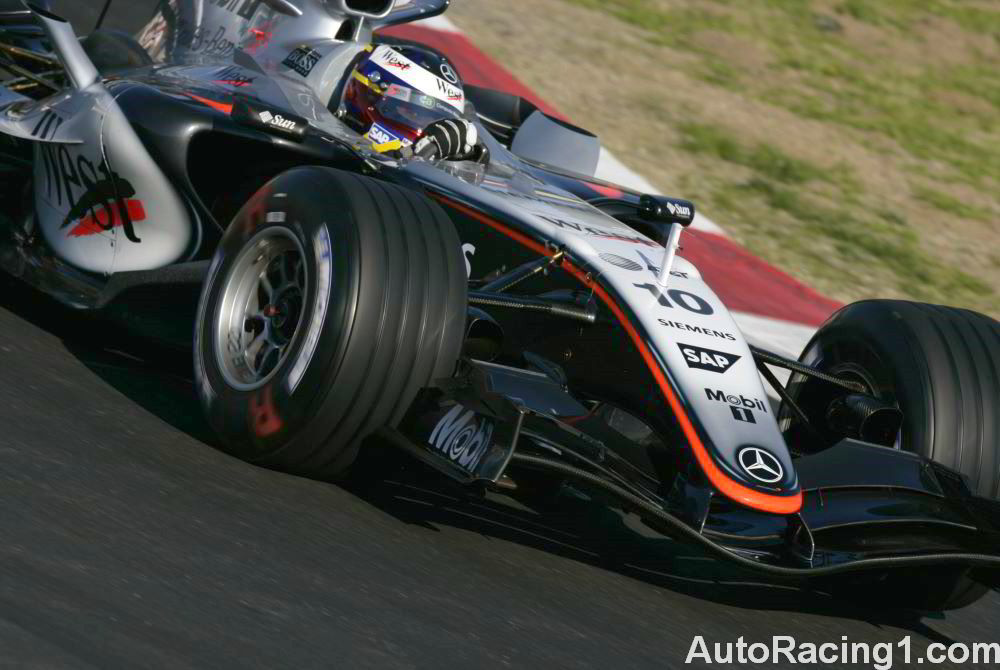F1: The more things change, the more they stay the same
–Compiled by Dick Pong–
Now 18 years on, Dock Pong compares the performance of:
- A naturally aspirated screaming 2005 V10 F1 car
- A current hybrid F1 car
- The proposed 2026 next-generation cars.
Primary objectives of 2026 cars:
- Improve overtaking by reducing car size
- Improve energy efficiency better fuel economy, more reliance on energy recover
Lap times are nearly identical after 15 years, but how they achieve it are changed.
| 2005 V10 F1 | 2023 V6 Turbo Hybrid F1 | 2026 Next Generation F1 draft proposal | |
| Bahrain (5.412 km) Lap Time | 1m29.527s | 1m29.708s | TBD |
| Qualifying Power | 950 HP (all from ICE) |
~1000 HP 160 HP from ERS 840 HP from ICE |
~1000 HP 470 HP from ERS 530 HP from ICE |
| Car + Driver Weight (no fuel) | 605 kg | 796 kg (added weight due to hybrid components) | 770 kg |
| Overall Length | 4500 – 4800 mm | 5400 – 5500 mm (much longer) | 4900 mm |
| Wheelbase | 3050 – 3150 mm | 3600 mm | 3300 mm |
| Overall Width | 1800 mm | 2000 mm | 1900 mm |
| Fuel Capacity | 150 L | 110 kg | 90 kg |
| Aero | Flat Bottom Floor | Ground Effects Floor | Retain Ground Effects but reduce Drag |
| Tires | 355 mm (Front) 380 mm (Rear) |
305 mm (Front) 405 mm (Rear) |
295 mm (Front) 390 mm (Rear) |
Note: The 2005 F1 cars were capable of quicker lap times if slick tires were used. Why? Much lighter!

Fernando Alonso, Renault R25
2005 F1 cars: https://www.f1technical.net/f1db/cars/years/2005

